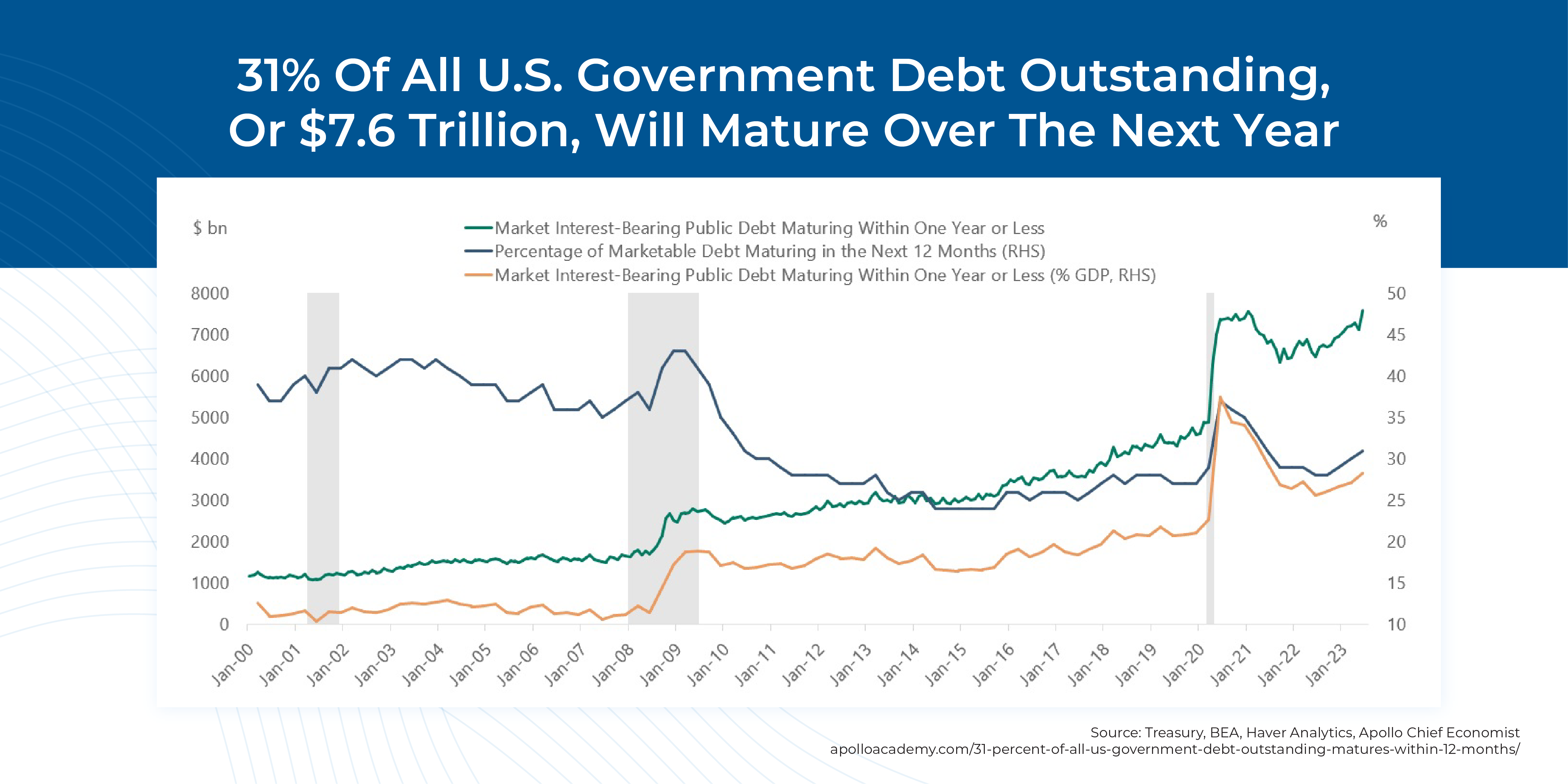People often talk about “the economy” as a single entity whose parts move in unison, with a small number of key indicators (such as GDP, the unemployment rate, and inflation) moving reliably in relation to each other. In reality, though, the economy is a complex web of interdependent factors where events often make sense only in hindsight – and sometimes, not at all. This has perhaps never been more true in many financial advisors’ careers than at the current moment where, depending on which numbers you look at, the economy could be either growing steadily, leveling off, or already in a recession. And when conditions are this uncertain, it often makes sense to dive deeper into the factors driving the economy to better understand the risks – and opportunities – that clients may face.
At a high level, we’re currently seeing a ‘tale of 2 economies’: While the market for services has expanded steadily since the beginning of the year (with both employment and the price of services growing in kind), the U.S. manufacturing sector, by the measures of employment and service prices, has been in a recession for nearly 12 months. And even though numerous signs are pointing to the looming possibility of a more widespread economic downturn – including the reduction of household savings, reduced lending, and the resumption of student loan payments for many borrowers – the job market remains strong. Furthermore, inflation, though down from its peak in early 2022, remains above the Federal Reserve’s long-term target of 2% despite the bank’s attempts to tamp it down.
What’s driving many of the economic conditions today are higher interest rates resulting from the Fed’s efforts to fight inflation. But while these high rates might be enough to tip the country into a recession if we were in ‘normal’ times, there has been so much liquidity in the economy – both as a residual effect of the economic stimulus programs of the COVID-19 pandemic and the more recent Inflation Reduction Act and legislation subsidizing green energy and semiconductor manufacturing – that it’s possible the Fed may need to hike rates even further (and keep them high for longer than expected) to achieve its inflationary goals.
The expectations for the future economic outlook also appear in the valuations of equities, which tend to reflect how markets anticipate that corporate earnings will grow in the future. Yet again, the numbers tell a different story depending on where you look: While growth stocks (particularly for large companies) are trading at historically high valuations, value stocks are trading as if we were already in a serious recession. And even though U.S. equities have been able to weather a wide variety of economic conditions over the last 30 years (thanks to broader trends of both declining interest rates and corporate tax rates), it’s reasonable to wonder whether that era is coming to a close given the Fed’s raising interest rates to fight inflation and the Federal government’s need to raise tax revenue to address its ballooning budget deficit. There’s also the question of whether long-term equity returns could be significantly lower than we’ve experienced during the post-WWII era without the boost of lower interest and tax rates.
The key point is that, with so much uncertainty in the economic outlook, it becomes all the more important to recognize and manage the risks inherent in the current environment, perhaps by shifting more assets into shorter-term, less-volatile assets like short-term Treasury bills or even cash (which, thanks to higher interest rates, are yielding significantly more than they did up until recently) or diversifying into assets that are less correlated with other parts of the portfolio (such as reinsurance or secured private debt). Since ultimately, while neither advisors nor their clients may be able to control the more considerable forces that shape economic conditions today, they can recognize and (at least to some extent) control which risks they’re exposed to and manage those risks to stay protected and on track for the long term!


